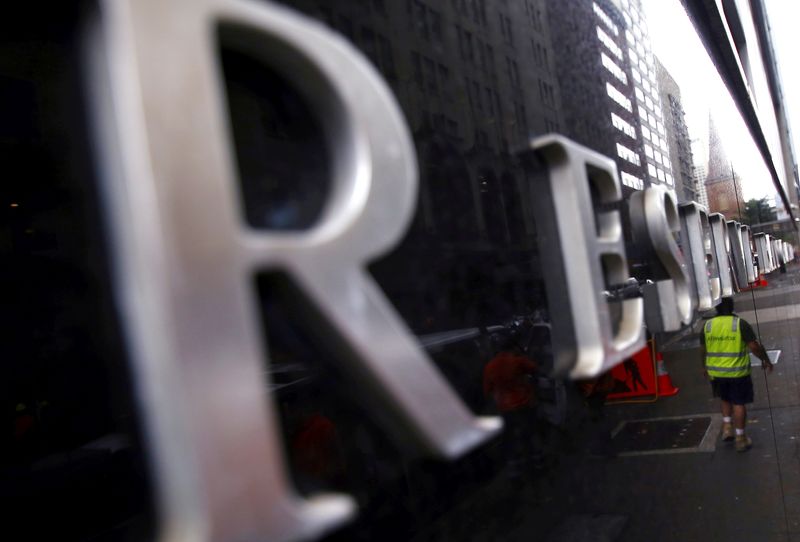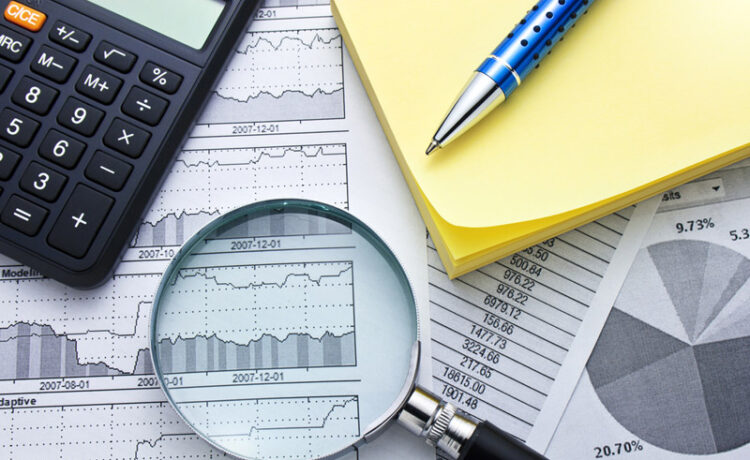
© Reuters. FILE PHOTO: A worker is reflected in a wall of the Reserve Bank of Australia (RBA) head office in central Sydney, Australia, March 1, 2016. REUTERS/David Gray/File Photo
By Jamie McGeever
(Reuters) – A look at the day ahead in Asian markets.
The trading and investment climate across Asia may be a little choppy on Tuesday, with any enthusiasm fostered by China’s latest steps to shore up its markets offset by another surge in U.S. bond yields and slide in U.S. rate cut expectations.
The Asia and Pacific economic calendar sees the release of Japanese household spending figures, consumer inflation from the Philippines and Taiwan, and the big one: the latest interest rate decision and guidance from the Reserve Bank of Australia (RBA).
The Australian dollar will no doubt be buffeted by RBA Governor Michele Bullock, as currencies, stocks and bonds across the region continue to feel the heat from swings in U.S. Treasuries and the dollar.
After Friday’s sizzling U.S. jobs report and Federal Reserve Chair Jerome Powell’s latest signal that rates will not be cut in March, Treasury yields and the dollar are on a tear.
The 10-year yield is up 30 basis points since Friday, its biggest two-day rise since June 2022, and the two-year yield is up 25 bps, effectively a quarter-point rate hike.
Fed rate cut expectations this year have slumped to 115 bps from around 160 bps a few weeks ago, and the dollar is at an 11-week high.
Tightening financial conditions at this pace is rarely good news for emerging markets.
Asian stocks fell broadly on Monday even though China rose after Beijing unveiled some support measures for distressed property developers and the country’s securities regulator tightened scrutiny of margin loans and short selling.
The RBA, meanwhile, is expected to leave its cash rate at a 12-year high of 4.35%, according to a Reuters poll of economists, and hold it there at least until end-September.
Inflation is coming down – it hit a two-year low of 4.1% late last year – but is still well above the central bank’s 2%-3% target range. The RBA was one of the last central banks to join the global tightening cycle, so could be one of the last to fully pivot.
Money market pricing is a little more dovish, in that traders have a quarter-point rate cut fully priced for August. On the other hand, only 45 basis points of cuts are expected by the end of this year, the least of all G10 central banks, with the exception of Japan’s, which is poised to raise rates.
The Australian dollar is at its lowest since mid-November, but could also be drawing some support from the RBA’s perceived ‘hawkish’ stance relative to other G10 central banks.
Having fallen around 1.3% in the last six months, it has held up better than sterling (-1.7%), the euro (-2.4%), Japanese yen (-4.5%) or the Swiss franc (-5%).
Here are key developments that could provide more direction to markets on Tuesday:
– Australia interest rate decision
– Philippines inflation (January)
– Japan household spending (December)
(By Jamie McGeever; Editing by Bill Berkrot)














